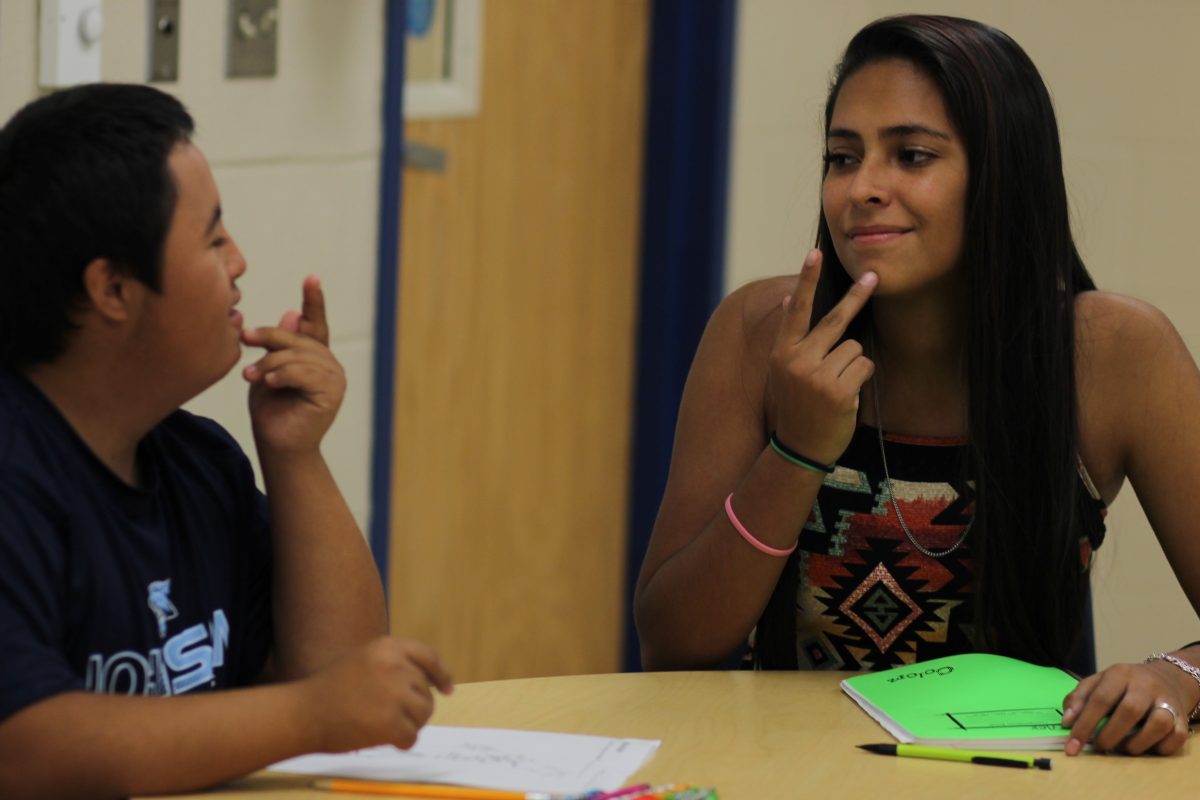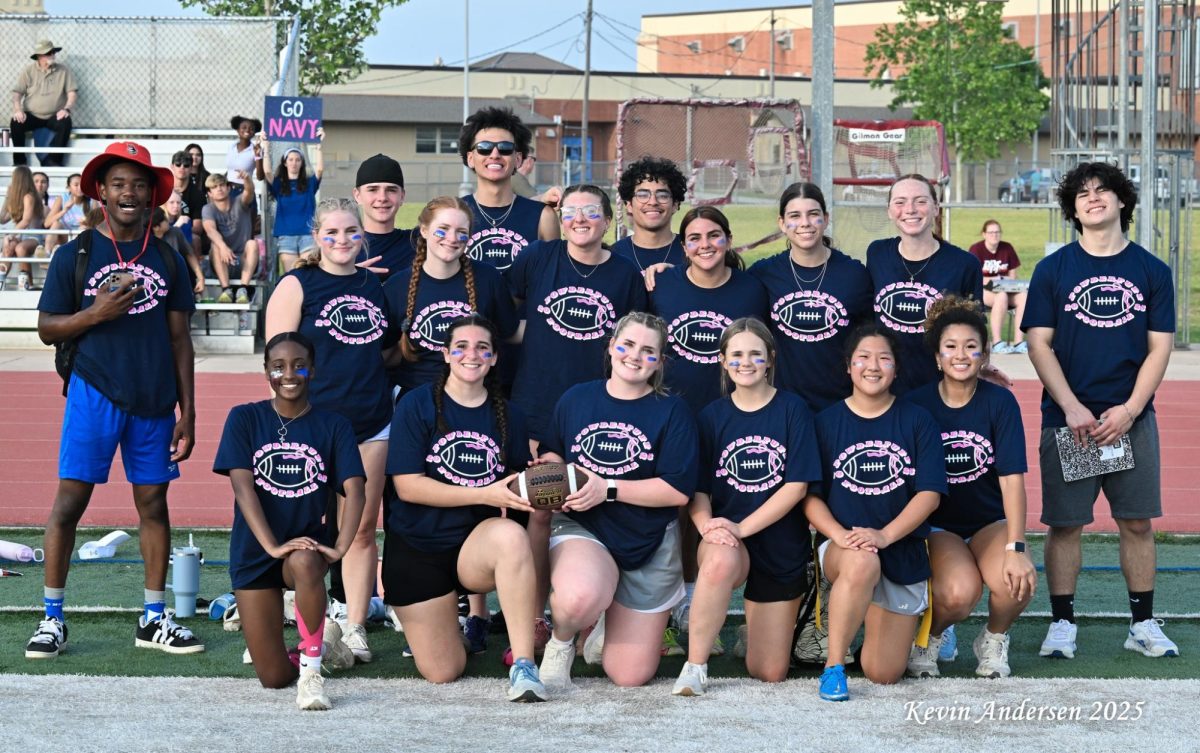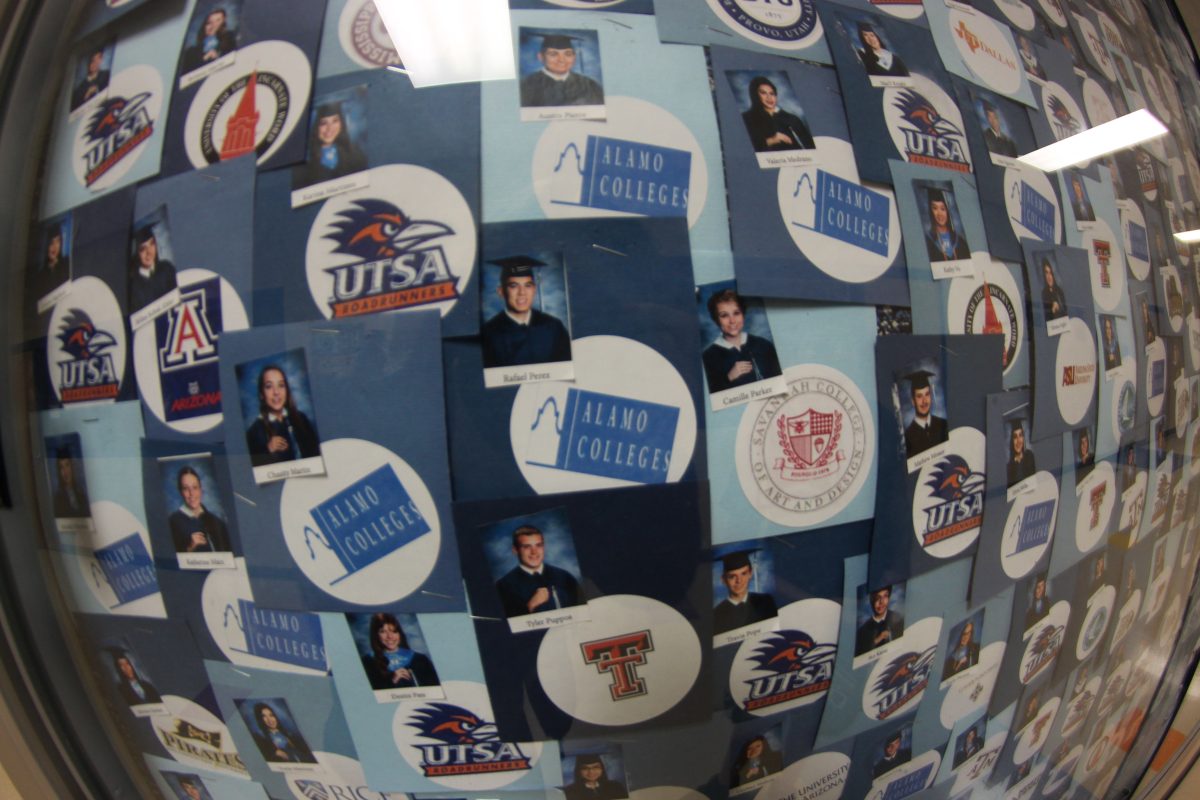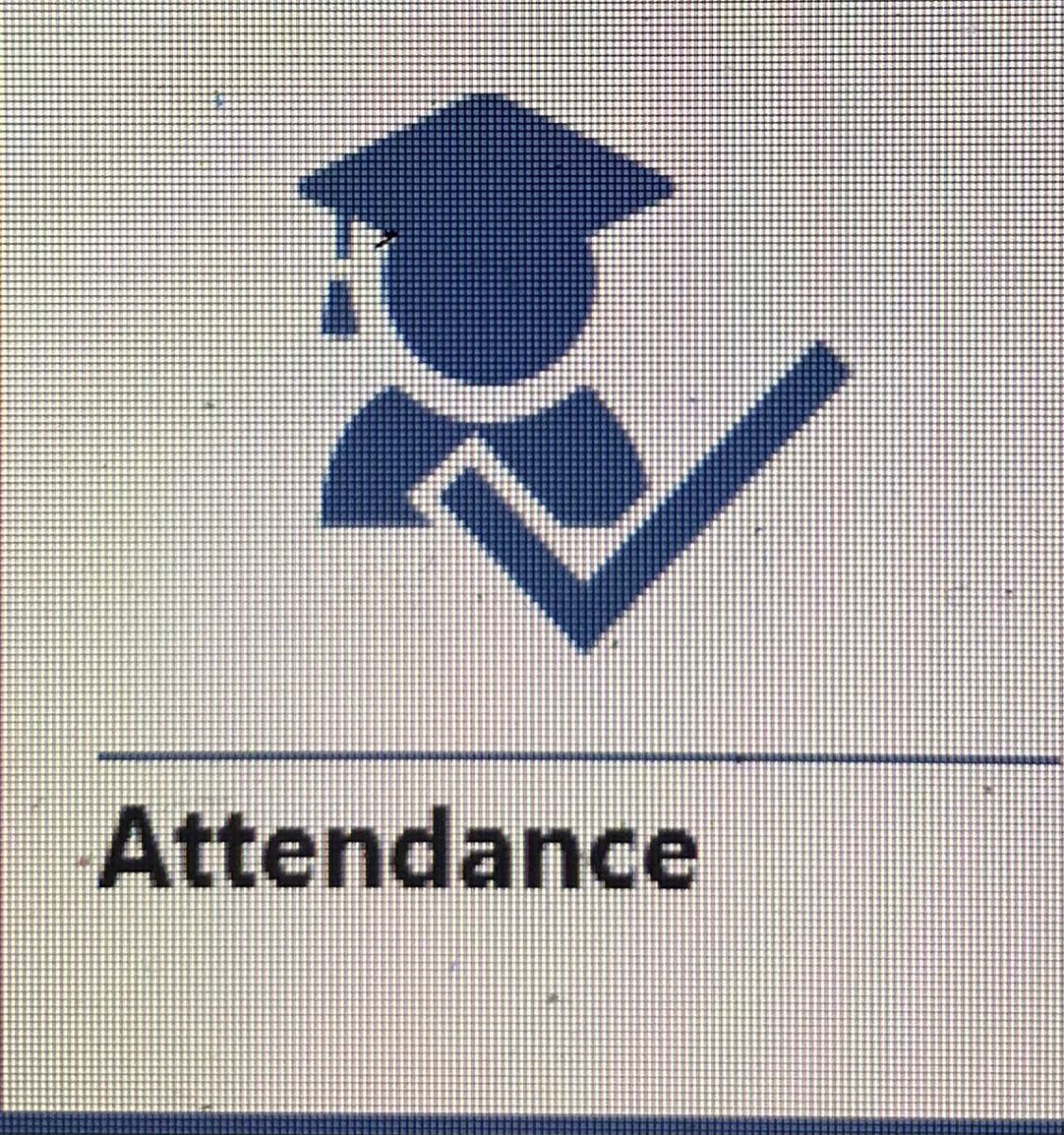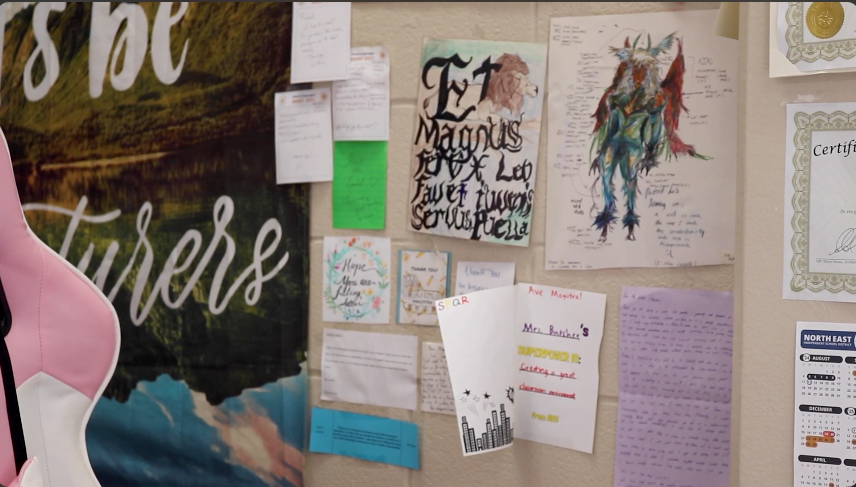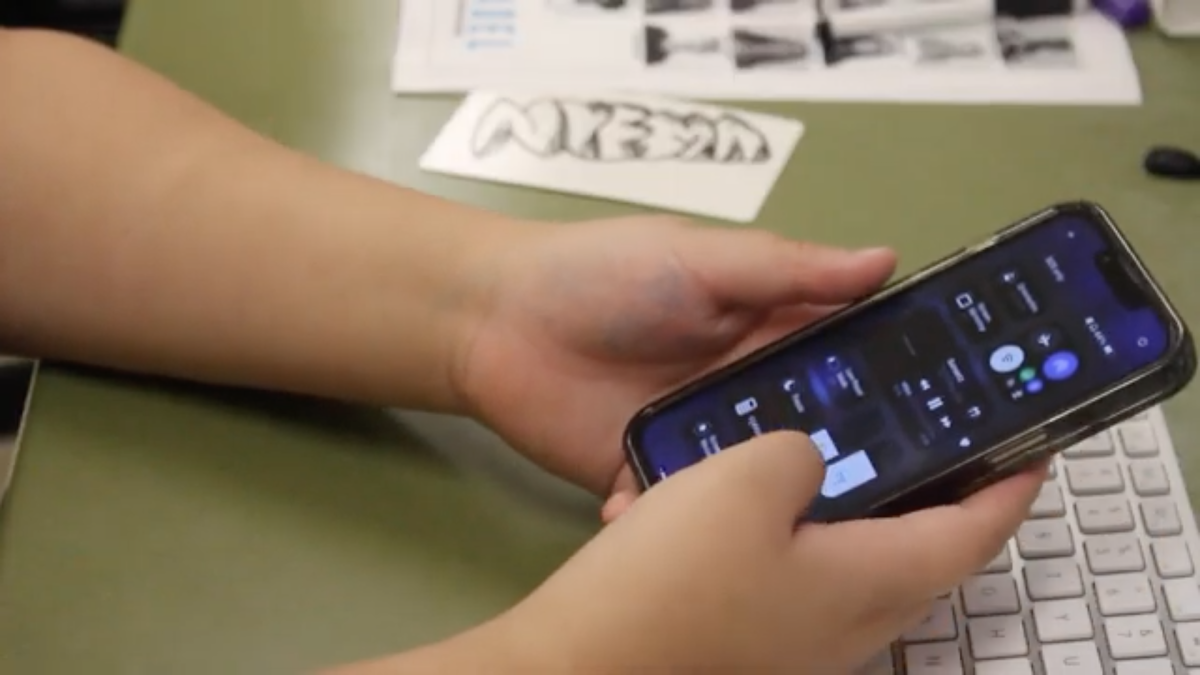by Myralexis Tijerina| staff writer
For the students in the ASL III/ IV dual credit class, working with the students in the ALE program is just a part of their daily routine. Instructed by Dr. Janellkay Brigham, the students in this class are split up into two teams, with half of the class “interning”, or working with the ALE students, on Monday and Wednesday’s, and the other team, Team B, on Tuesday and Thursday’s. The goal of this program is to promote sign language (ASL) as a way of communication, and even though the student’s receive a daily grade for this activity, the experience still seems enjoyable.
“It’s actually really fun, like you get to play games with them [students], and you teach them sign language. I feel like they pick on it [ASL] easier like visually and mentally, I guess. It’s easier for them to learn being able to see it then having to think about it,” junior Samantha Dent said.
Every year, the ASL students “intern” with various teachers and work with students on an individual basis, with each sign language student having their own ALE student that they primarily work with. This year, the sign language students are working in Mrs. Leon, Mrs. Boston, and Mrs. Tijerina’s second period class, with the tasks ranging from practicing life skills to learning vocabulary words.
“They come in Monday through Thursday but with teams switching out Monday and Wednesday and Tuesday’s and Thursday’s so we have different groups. So they do get a mix so that they don’t stay with the same people all the time. They get a mix, so that’s a good thing,” ALE teacher Regina Tijerina said.
In fact, this program has been in existence since the school opened, and in addition to helping students improve their communication skills, incorporating sign language also adds a different element to the ALE curriculum.
“We [teachers] know basics, but obviously when the ASL students come in and they’re teaching them, we learn every day too. And again sometimes [the] repetition of things like colors, numbers, signing their name, signing letters, whatever it is- repetition is how our students learn,” Tijerina said. “So even if they are doing the same thing every day they are learning and so are we as teachers.”
In addition, for the students who are non-verbal, interning can encourage them to socialize and communicate in a more relaxed setting.
“I feel that interning is really important. When the school opened, we wanted to let the students in the other language [classes] have an avenue to communicate, because sometimes students have words in their head that they can’t express without difficulty, so sign language is another way for them to express themselves. And also this opportunity helps my students serve the community that we are involved in,” ASL teacher Dr. Janellkay Brigham said.
According to the ASL students, teaching sign language on a daily basis is an enjoyable, hands-on experience.
“Yeah because we do teach them the signs for whatever the lesson is, but we do different lessons with them, like count. We will teach them colors and shapes which is really fun because then you can see how much they know already, and if they don’t know then you can teach them,” senior and ASL IV student Lydia Alvarez said. “So it’s a lot of fun when we have all the different groups, and when we have those groups everyone is like split up so you’re not just helping one kid, but you’re helping all of them together…the whole time you’re with all of them.”

And for some ASL students, the experience of working alongside their peers now may encourage them to pursue a career in education later in life.
“I really do like it. I like interacting with the ALE kids because it shows me how to teach other students, because I want to be a teacher, so it helps me break things down like more for them. And they do understand a lot which you wouldn’t think they do, but they do repeat a lot of the signs that we teach them- and they’re learning slowly but surely. It’s fun to see them grow and see how much they learned in the year,” Alvarez said.
While “interning” has been part of the ASL III/IV curriculum for several years now, the ASL students had to form a connection with the students in the ALE program first, according to Brigham.
“When the school opened, I’m trying to remember, when the school opened, I had a discussion with the special education, well, the special needs department, and at that time we discussed how I thought my students would benefit. So we decided we would have a trial period to see how it would work, and the first year we tried interning it was actually a huge success,” Brigham said.
Regardless of how the program was initiated, the ALE teachers still think that interning is a “really good idea”, according to Tijerina, for everyone involved.
“It was a mixture of both, I mean we want our kids to be able to pick up things here and there because we do have some non-verbal students. So I think with them, with the help of both of us, you know- the ASL students, and the special needs teacher, I think with the both of us working together that will help,” Tijerina said. “I’m very proud of the ASL students. As a teacher it doesn’t make me any happier to see Johnson students to come and not just help them [students], but socialize with them.”
The ASL students have been interning with the ALE students since the third week of school. So far, the ALE students have caught up with the basic vocabulary, and will continue to learn more advanced signs as the year progresses.
“My partner learns very quickly. Sometimes I run out of things to teach them and yeah, they learn. I tell him, ‘Sign me your name’ and he signs his name. I mean, they learn quickly and he likes to learn too,” junior Miles Ehler said.


